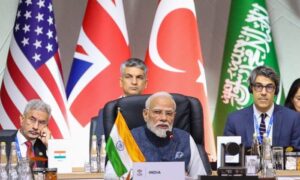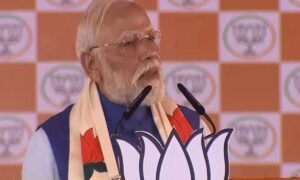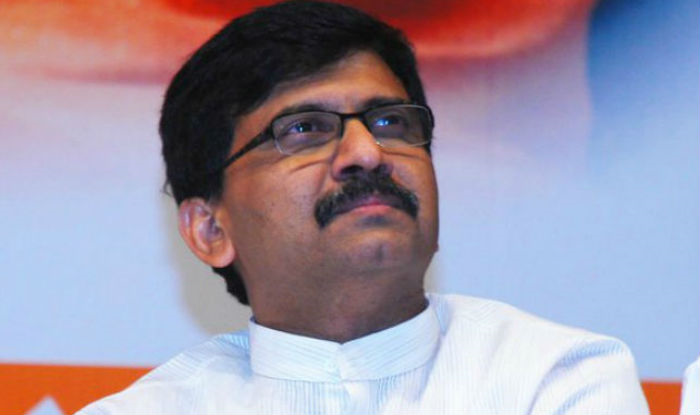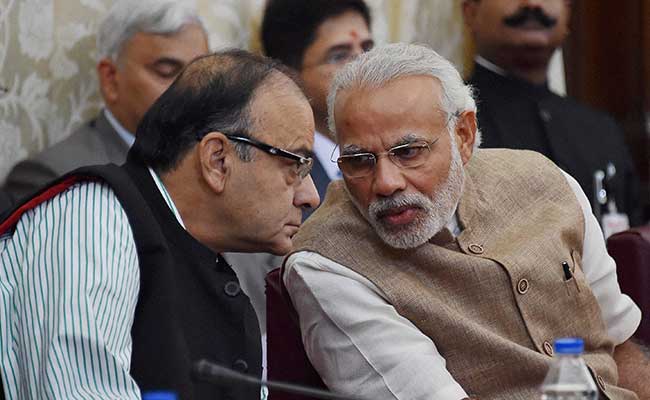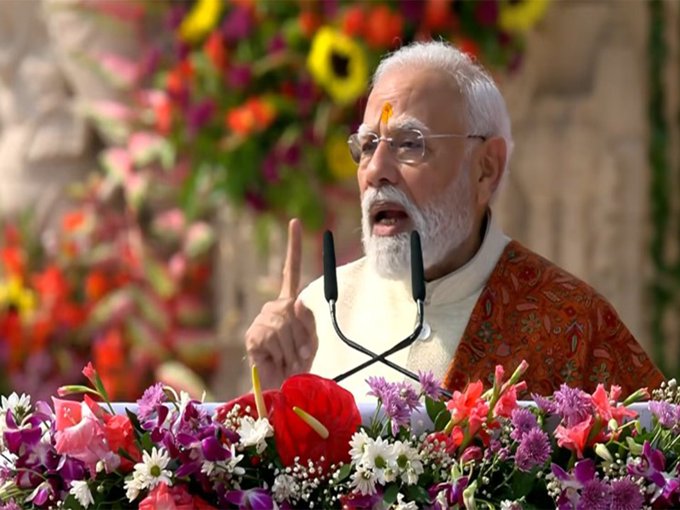
Picture Credit : @ani_digital/X
Calling the hoisting of Dharma Dhwaja atop the Ram Janmabhoomi Temple in Ayodhya “historic,” Prime Minister Narendra Modi has said India must simultaneously draw strength from its heritage and free itself from “the slave mentality” to achieve the goal of becoming a developed nation by 2047.
Soon after hoisting the saffron flag atop the Ram Temple in Ayodhya, PM Modi invoked the values associated with Lord Ram to underline the vision of building a “confident” and “future-ready India”.
According to a report by ANI, While addressing the gathering at the ‘Dhwajarohan’ ceremony in Ayodhya, PM Modi said, “Ram is not a person, He is a value. If we want to make India developed by 2047, we have to awaken Ram within ourselves. What day can be better than today for this resolution?”
He emphasised that “Lord Ram connects through emotion”, reaffirming that devotion and cooperation form the core of Indian society. Reflecting on India’s development journey of the past decade, the Prime Minister said, “In the last 11 years, every section of society, women, Dalits, backward classes, extremely backward classes, tribals, the deprived, farmers, workers, and youth, has been placed at the centre of development.”
He said that by 2047, when the nation marks 100 years of Independence, the “goal of building a Viksit Bharat must be fully realised”. He urged citizens to act with vision, keeping future decades and centuries in mind. “Humein aane wale 1000 varshon ke liye Bharat ki neev mazboot karni hai. Jo sirf vartaman ka sochte hain wo aane wali pidhiyon ke saath anyaay karte hain. Hum jab nahi the yeh desh tab bhi tha, jab hum nahin rahenge yeh desh tab bhi rahega,” PM Modi further said.
Linking heritage with national identity, the Prime Minister highlighted the significance of the Kovidar tree depicted on the ‘Dharma Dhwaja,’ stating that its re-establishment represented a “rejuvenation of identity.”


